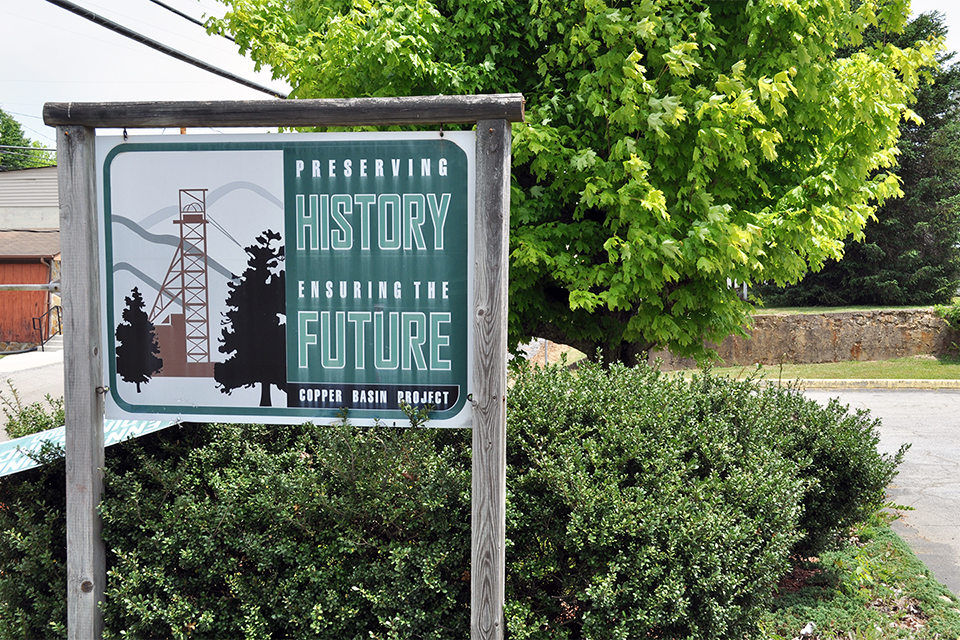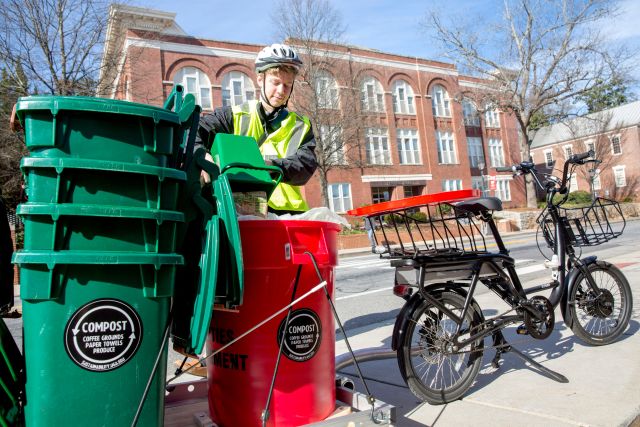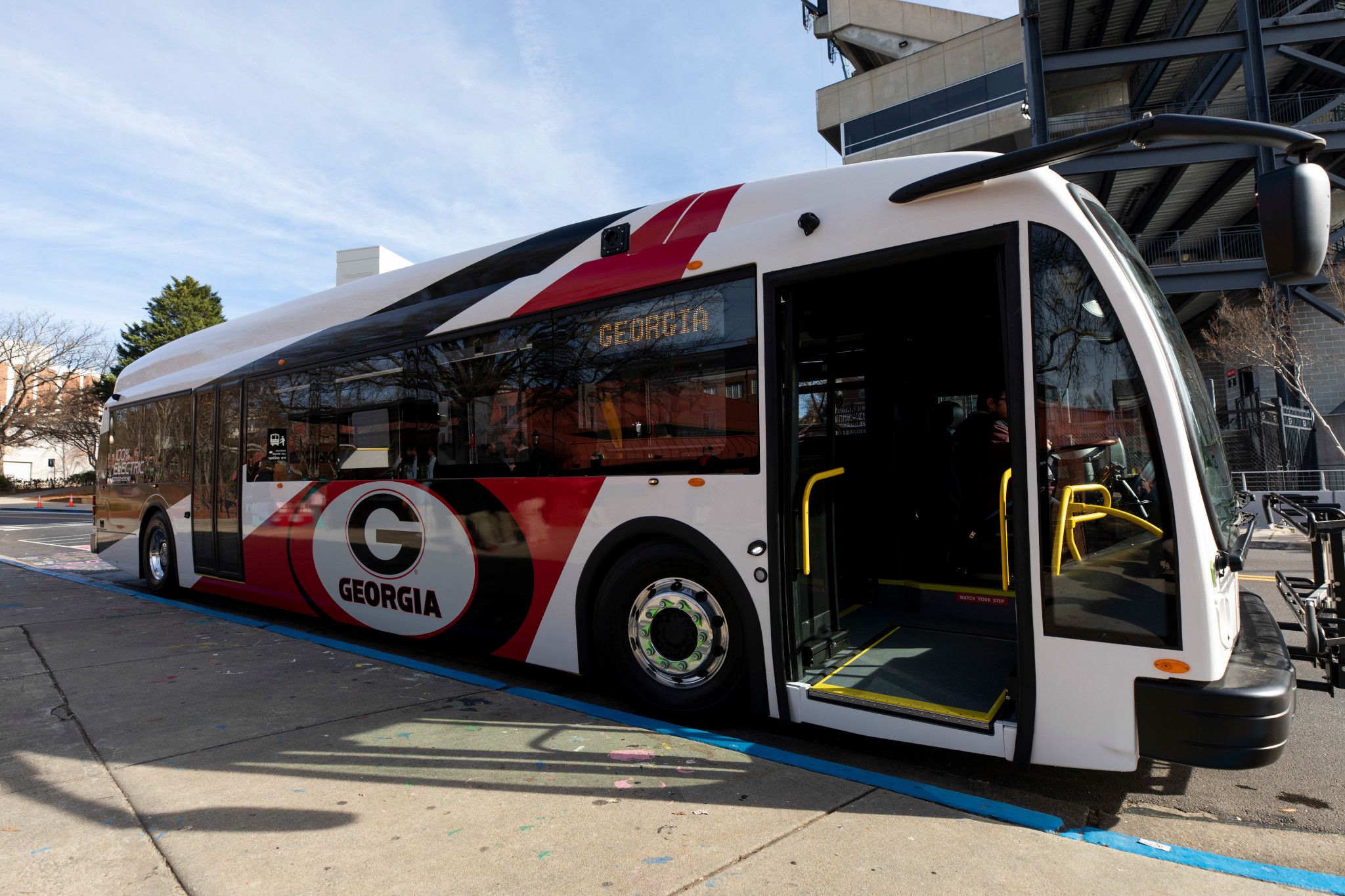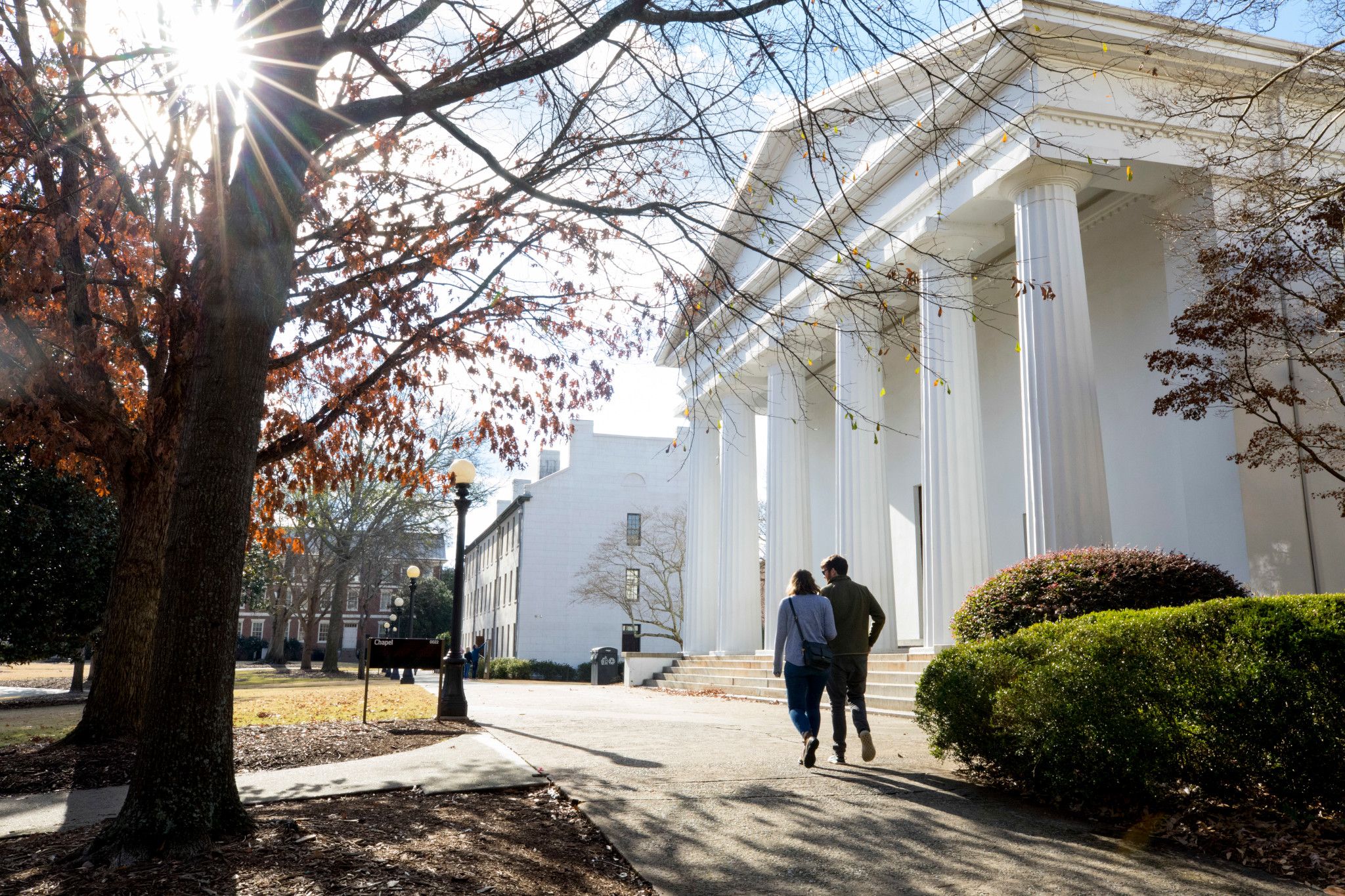Goal 11: Sustainable Cities & Communities
Goal: Make cities and human settlements inclusive, safe, resilient and sustainable
UGA is working to address UN Sustainable Development Goals through focused research, teaching, service, and stewardship on campus, across the state, and around the globe. Some examples of how students, faculty, and staff are addressing Goal #11 are listed below.

Community Planning
The University’s Carl Vinson Institute of Government works with communities to plan for growth and address challenging environmental issues. The Vinson Institute has completed 20 strategic visioning plans for communities in Georgia, including one regional plan in northwest Georgia that included two Tennessee communities.
Read More
Campus Sustainability Grants
The annual Campus Sustainability Grants program is available to all UGA students and invites project proposals that advance sustainability through education, research, service, and campus operations. Successful projects address UGA’s strategic priorities and integrate social, environmental, and economic solutions. Over the last 11 years, the program has supported more than 100 student-led projects on campus and in the community.
Read More
Electric Mass Transit
The University of Georgia continues to expand its use of electric buses, with more than 30 currently in service. The 40-foot electric buses emit no pollution and have lower operating costs than existing diesel powered buses, representing a significant step forward in reducing emissions and increasing opportunities for experiential learning and research. UGA Transportation and Parking Services has a long-term goal of operating a completely electric fleet.
Read More
Historic Preservation Master Plan
In 2018, UGA completed a Historic Preservation Master Plan to integrate historic preservation and archaeology into the early facilities planning stages. UGA has more than 730 historic buildings and 55 cultural landscapes across 11 Georgia counties. The development of the plan took over two years and required blending of several cultural resource management models from a range of sources.
Read More